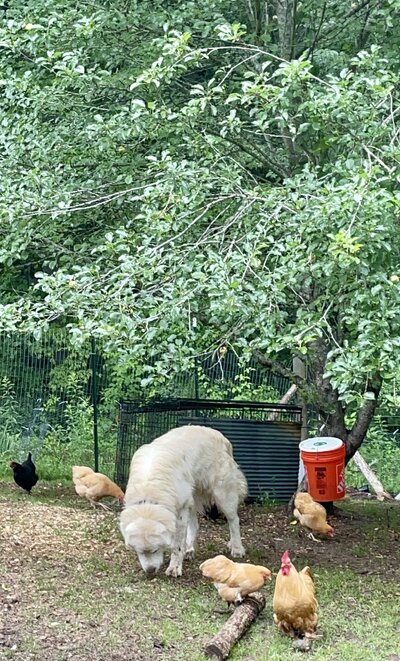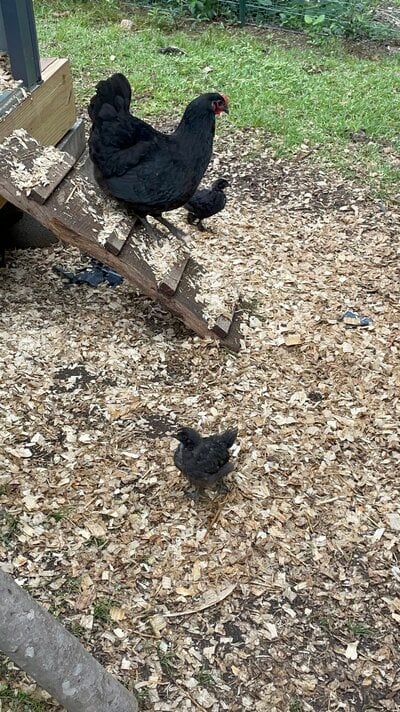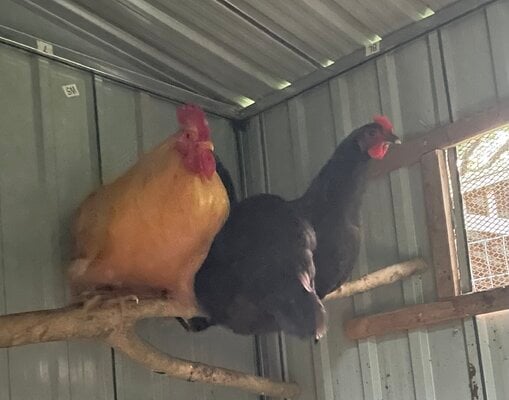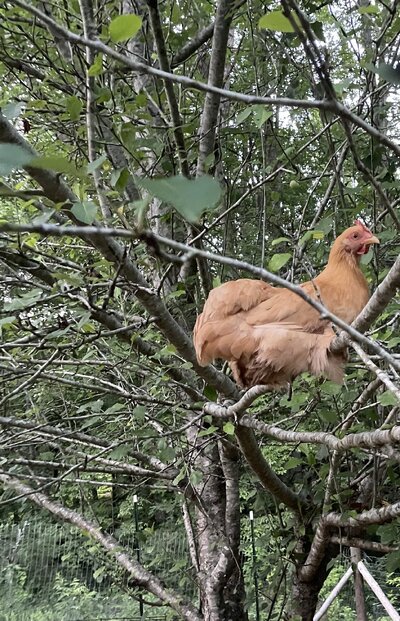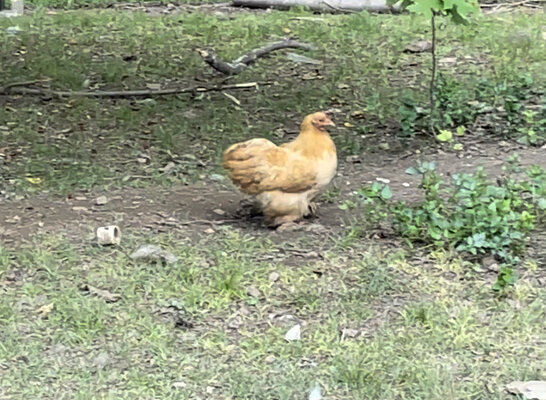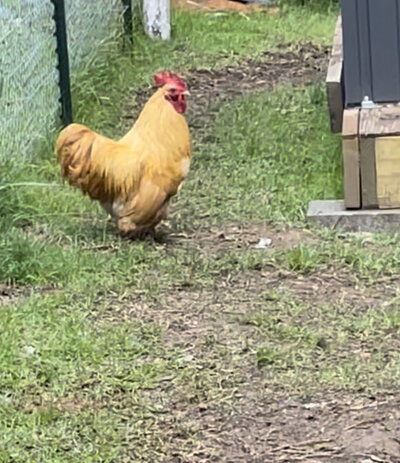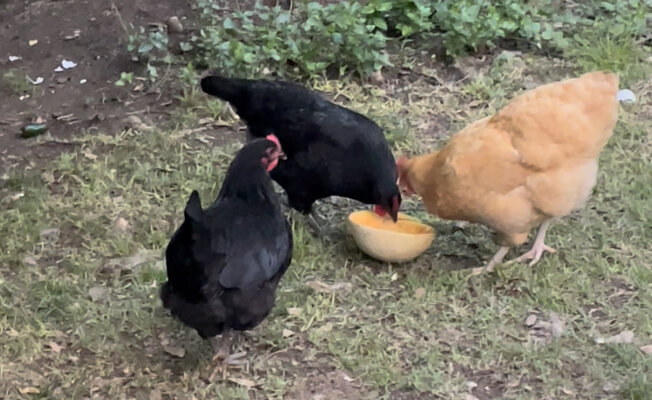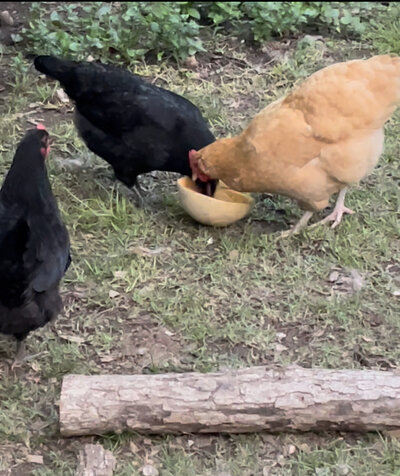I had an established flock of ten hens (5 buff orp and 5 black australorps). They are approximately 20 weeks old and have not started laying yet though I expect them to any day (they all appear healthy with bright growing combs except for one buff). They are extremely docile and quiet with minimal dominance issues and one clear leader. One month ago, I added 3 day old olive egger chicks to the flock and they have merged seamlessly with normal amounts of “bullying” on the older hens part. No issues requiring intervention.
Last week, I purchased a one year old buff Cochin hen & rooster. The hen has not yet laid any eggs since being with us (tomorrow marks one week of having her) though they have adjusted smoothly and hers and the roosters behavior is unremarkable. I am anxious to see her lay and hope the stress of a move wears off soon.
Over the last three days, My entire flock dynamic has changed. They are ALL aggressive towards each other particularly while eating. This is an extreme 180 from their usual behavior especially the australorps.
1. Is this typical for a flock that’s adjusting to new members particularly a rooster?
2. Should I be more concerned the Cochin hen has not layed eggs since we brought her home?
3. Is there anything I should do to intervene in their “spats”? I am a very hands off approach to raising livestock and want things to work themselves out as nature intends. But I don’t want to encourage this behavior in the long run or allow any of the chickens to hurt themselves. We have a livestock dog and the new behavior has put him a bit on edge with their fighting and being so noisy as the last four months have been extremely quiet and peaceful for the animals.
Last week, I purchased a one year old buff Cochin hen & rooster. The hen has not yet laid any eggs since being with us (tomorrow marks one week of having her) though they have adjusted smoothly and hers and the roosters behavior is unremarkable. I am anxious to see her lay and hope the stress of a move wears off soon.
Over the last three days, My entire flock dynamic has changed. They are ALL aggressive towards each other particularly while eating. This is an extreme 180 from their usual behavior especially the australorps.
1. Is this typical for a flock that’s adjusting to new members particularly a rooster?
2. Should I be more concerned the Cochin hen has not layed eggs since we brought her home?
3. Is there anything I should do to intervene in their “spats”? I am a very hands off approach to raising livestock and want things to work themselves out as nature intends. But I don’t want to encourage this behavior in the long run or allow any of the chickens to hurt themselves. We have a livestock dog and the new behavior has put him a bit on edge with their fighting and being so noisy as the last four months have been extremely quiet and peaceful for the animals.




